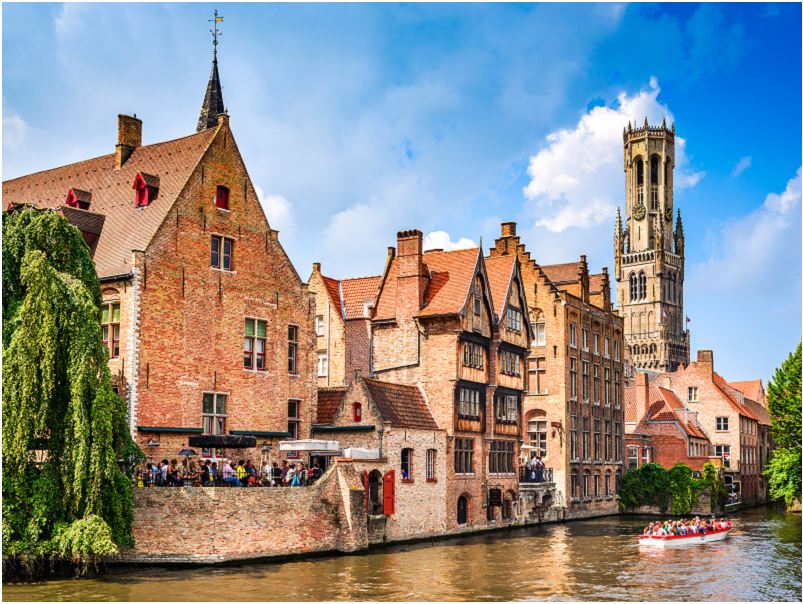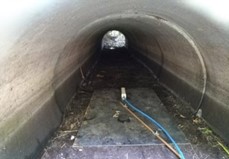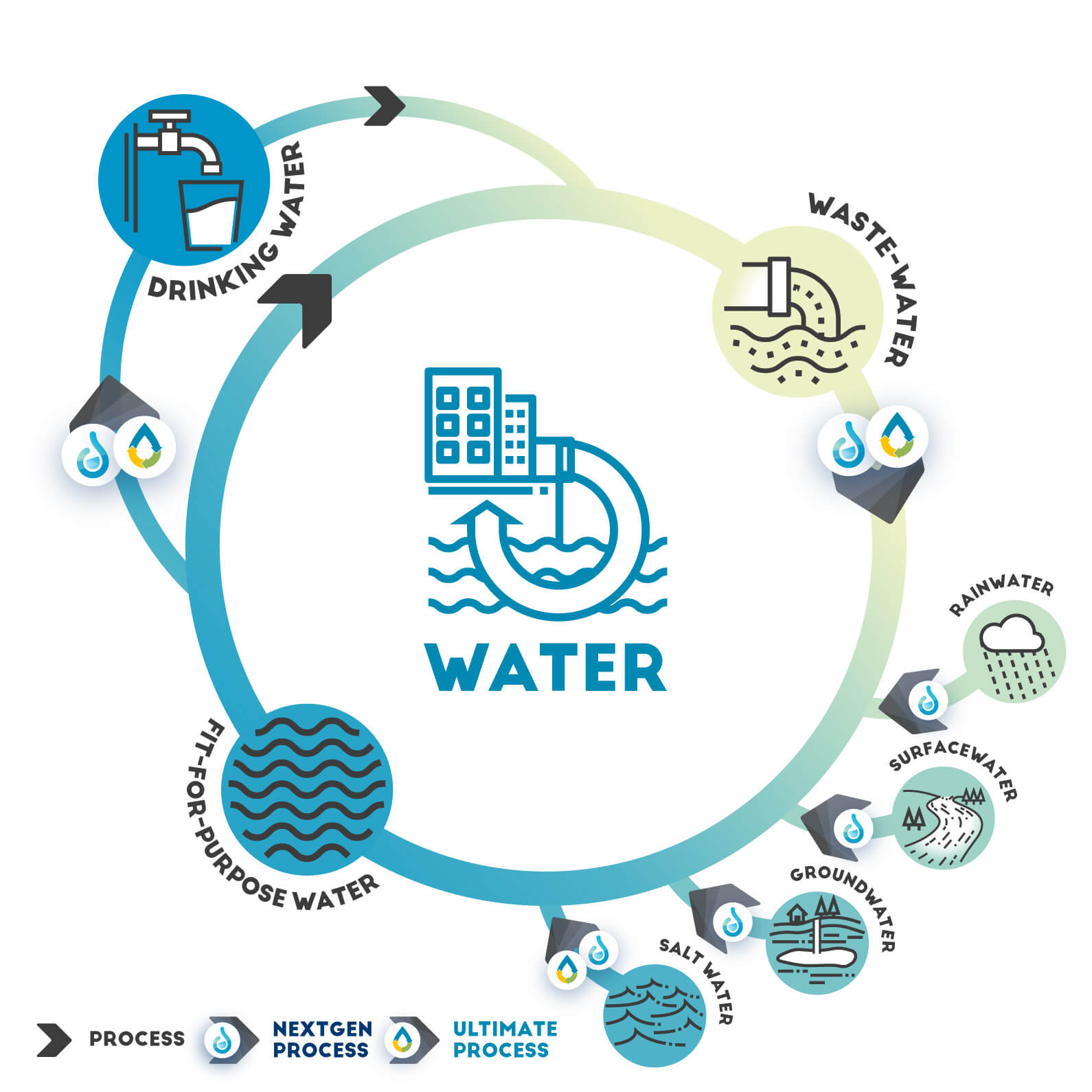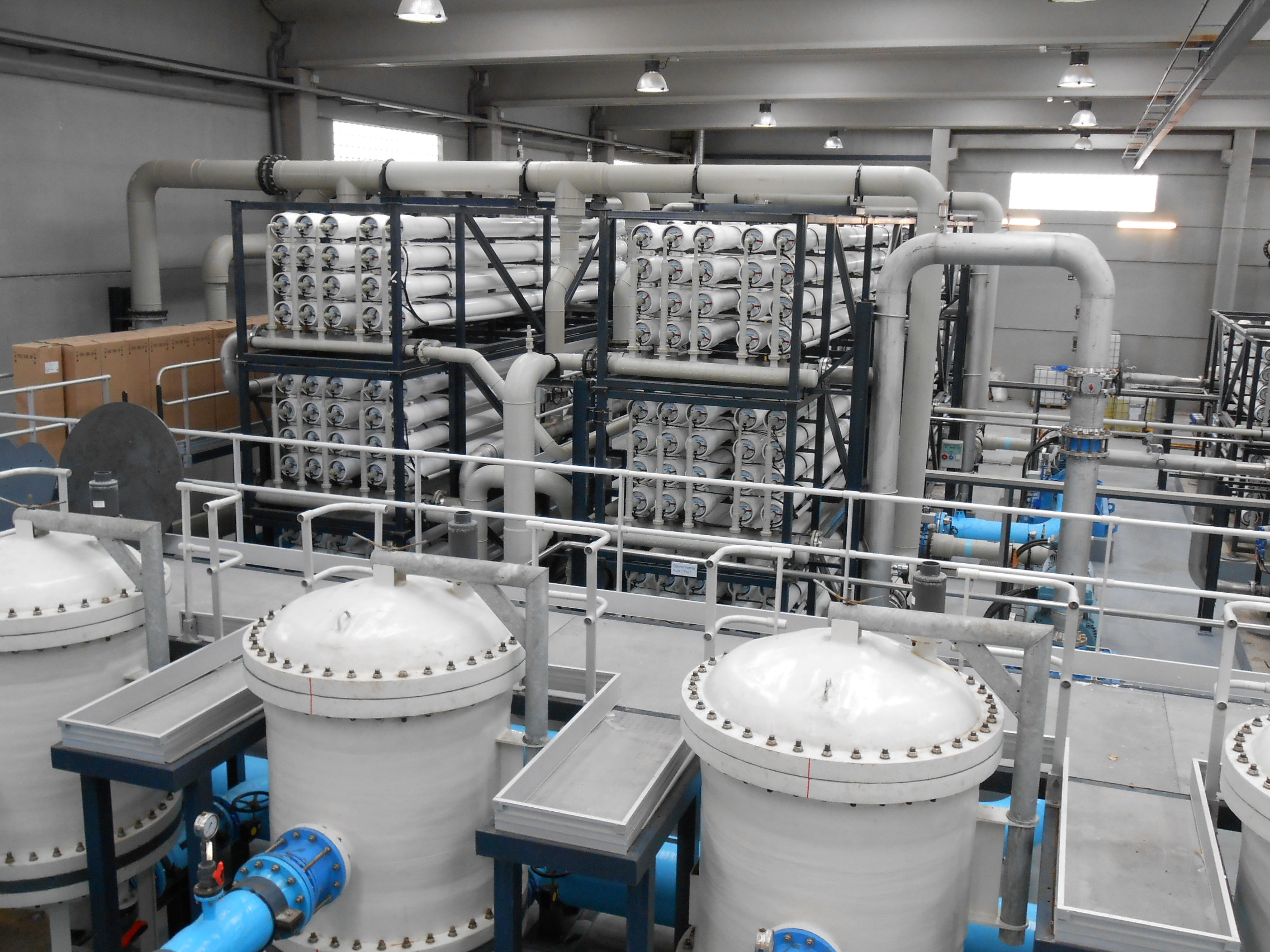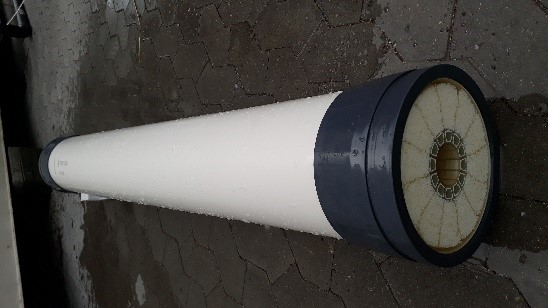Description
Living Lab Flanders' aim is the assessment of alternative water sources and increasing of freshwater availability for drinking water and agriculture.
The smart stormwater reuse management system (tool #21) is used to control the outflow from the basin and the water distribution for irrigation to optimize the functioning of the basin for flood prevention and availability of water for irrigation during dry periods.
There is a need to place these technological demonstrations in a broader context to assess how they can contribute to a more robust and smarter water system at a regional level. The regional analysis and UWOT (tool #22) were used to assess the demonstrations in their regional context with regard to their impact on water availability and resilience of the water system. Next to that, the potential to include alternative water sources while minimizing negative impact on local nature and environment in order to design a sustainable water supply for the future was analysed. The regional analysis was used to identify regional effects of changes in water supply and demand.
A critical success factor for water reuse is the assessment and control of microbial safety risks. The QMRA+ (tool #26) is developed to support the design and assess the required treatment needed for water reuse. QMRA+ is a valuable tool for quantitative microbial risk assessment that can be used to assess existing purification systems and to help determine the design requirements of purification systems for e.g., alternative water sources with regards to microbial safety requirements. Within BWS, QMRA+ is used to help design the effluent reuse demonstration system by back casting the required removal rate. The SuTRa tool builds on microbial risk assessment to specifically model (plant) pathogen removal during subsurface passage of managed aquifer recharge and infiltration schemes. This helps determine the minimum design parameters and residence time required for pathogen removal. The outputs from SuTRa may support the regional analysis or similar studies in related projects by providing input parameters on subsurface passage if these are included in the conceptual design.
LL Flanders combines case studies on smart alternative water solutions from different locations in Flanders. Extension of the drinking water production capacity and potential effluent reuse for drinking water is studied at the combined case studies of Woumen. Stormwater reuse for agriculture is studied in the city of Mechelen. The findings of the UWOT and regional analysis modelling can be used to put these local case studies in the regional context of Flanders.
Applied technologies
Technology performance and best practices
- The buffer basin holds 1,400 m³ of stormwater from an area upstream of about 3 ha upstream. Water is discharged from the buffer basin is based on weather forecasts. The buffer basin is also fitted with a pump system to transport treated water (monitored and treated though a sand filtration system) to a subirrigation system which supplies 4 ha of arable land. The irrigation process is optimised using soil moisture sensors, ground level sensors and pluviometers.
- The buffer basin and sub-irrigation system improves flood prevention and ensures water availability during dry periods. Simulations show the basin reduces runoff rates by 22%-94% depending on the month.
- Subirrigation improves crop performance during droughts, with significant yield increases for pumpkins and celeriac.
- The subirrigation system can infiltrate stormwater, but effectiveness drops when groundwater levels are high.
Synergistic benefits
- Use of UWOT for the ex-ante assessment or upscaling impact of real circular water pilots.
- The QMRA+ tool allowed users to balance health risk versus other impacts such as costs, environmental impact and resilience.
Requirements and conditions
- UWOT: Data input from specific partners (water utilities, technology providers, pilot project managers).
- QMRA+: Since very little location specific data (e.g., pathogens in effluent and in the current water source) were available, the uncertainty about the risk is relatively large. Still, the comparison between different scenarios was feasible and helped support decisions on system design.
Key lessons
High-recovery reverse osmosis:
- CCRO operates stable, even with challenging feed streams.
- Water recovery up to 95% can be achieved.
- Even at high water recovery, pesticides and pharmaceutical residues are removed to below drinking water standards.
- Optimal pretreatment of the CCRO feed is required for full scale installation.
- Disposal/treatment of concentrate stream needs further research.
Effluent reuse for drinking water production:
- The main quality barriers for direct potable reuse are nutrients, salts (mainly chloride), organic micropollutants and pathogens.
- UF/RO is a suitable technology to treat WWTP effluent as a preparation to intake in a drinking water production center for direct potable reuse. The main quality barriers are adequately removed.
- The need for further polishing with UV and/or AC as additional safety barriers depends on the technologies used in the drinking water production center. It cannot be decided based on concentrations (since these are below detection limits) and requires assessment with QMRA/QCRA.
- The effluent contains a remaining load of organic carbon and nutrients resulting in a high biofouling and clogging potential. Prefiltration setup and backwash and cleaning mechanisms should be developed carefully to prevent biofouling.
- Some common practices in WWTP operation, such as dosing of polyelectrolyte for enhanced sludge settling, and some common patterns in WWTP operation such as fluctuating flow rates and quality introduce additional challenges concerning fouling. It is not enough to design the treatment for dry weather condition and mean quality characteristics.
- Case-specific challenges are concentrate disposal/treatment, availability of effluent depending on ecological needs in the receiving surface water, etc.
Urban stormwater reuse for agriculture:
- There is a need to place the technological demonstration in the broader context to assess how it can contribute to a more robust and smarter water system at a regional level.
- The legal status of rainwater and stormwater needs to be clear and linked with regional policy and regulations for reuse and infiltration methods, contributing to safeguarding health.
- Disparities between regional policies may emerge when EU legislation is translated differently in different regions in a country, which puts pressure on the policy coherence.
- Collaboration will be essential, with local organisations but also the private sector (e.g., nearby industry).
- Careful consideration needs to be made in selecting appropriate funding models. As such additional information or literature to support the approach and business case, especially concerning the positive impact on agriculture from certain funding models is needed.
- Trade-offs between flood-proofing and runoff reduction are necessary, especially in autumn and winter periods.
- Fields benefiting from subirrigation need to be in the immediate vicinity of a buffer basin.
Stormwater reuse system for agriculture:
- Proactive control of the storm tank based on rainfall forecast data is advantageous to reactive control based only on water level measurements in the tank.
- Successful full-scale operation for 3 months without any major operational issues implies apt choice of control concept, IT-infrastructure and hardware.
- The currently used rainfall forecast product is prone to high variability between consecutive forecasts for the same forecast horizon. Treating multiple forecasts as quasi-ensemble and extracting forecast data as quantiles (calibrated against historical measurements) appears as an apt solution, but alternative forecast data of higher quality remain desirable.
- Reuse capacity and profile are essential input for the estimation of future control performance and the potential of providing reuse water for extended periods of time.
- The full-scale reuse water reclamation exceeded the expected reuse potential based on modelling, this is most probably caused by upstream infiltration and inflow into the storm sewer and infiltration into the storm tank itself, to be corroborated by future investigations.
- Communication between sensors measuring water levels in the field and the available stormwater and the level-controlled outlets ensures that the optimal amount of subirrigation water is applied to each field
- Further testing should demonstrate the performance of the system under dry weather conditions
UWOT:
- UWOT can be used to model the expected effectiveness of measures with regards to water quantity under different scenarios. However, results can be limited by data availability, and results should be validated together with stakeholders.
QMRA+:
- QMRA+ provides quick, hands-on introduction into microbial risk assessment, also for stakeholders not familiar with the concepts of quantitative risk assessment and microbiology.
- QMRA+ is publicly available open-source web-based tool.
- QMRA+ is designed to allow experienced users to introduce their own data or knowledge to adapt default values already integrated in the tool, making the risk assessment more site specific and the outcomes more accurate for the situation at hand.
- QMRA+ provides quick insight in QMRA (quantitative microbial risk assessment) also for non-experts in the field and is suitable for training and discussions with various stakeholders.
- QMRA+ provides a quick evaluation of safety of various water reuse concepts and scenarios.
- The fact that QMRA+ doesn’t need data input from the user makes the tool easy and quick to use.
- Since reuse water systems also need to address chemical risk with various treatment steps, we found that it’s most efficient to first design a system for chemical risks and then evaluate that design for microbial safety.
- QMRA+ uses generic data about source quality, water treatment and exposure, leading to relatively high uncertainty in the risk assessment. Because performance of systems in practice can be very diverse, users should not rely only on QMRA+ outcomes for water safety and evaluate the actual system performance in practice.
Subsurface Transport and Removal:
- SuTRa provides a quick and rough estimate of the removal of pathogens during soil passage in Managed Aquifer Recharge (MAR) project.
- SuTRa is python based, which allows integration with other tools such as more detailed groundwater models.
- Accessibility of SuTRa is limited to water experts fluent in programming languages.
Legislation and policy recommendations
EU Legislation for water reuse (both for potable and non-potable reuse).
Drinking Water Directive, Flemish drinking water law.
Applied products
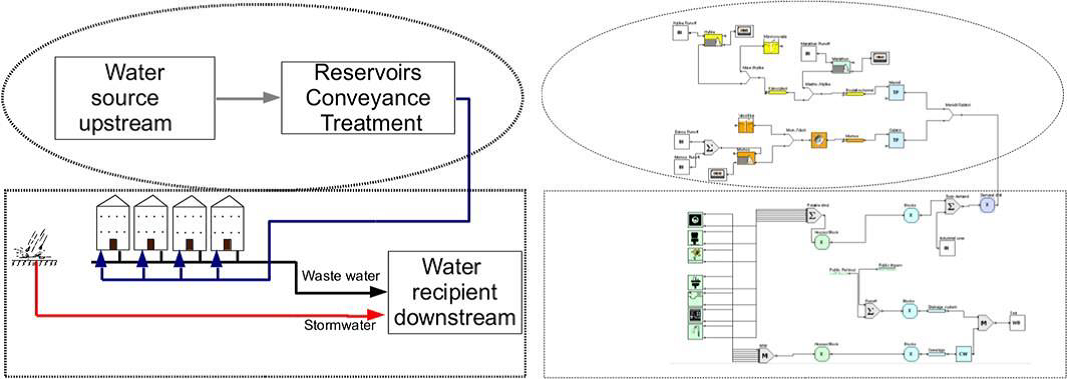
Urban Water Optioneering Tool
UWOT is a decision-support tool that allows users to compare different water management technologies (including water s…
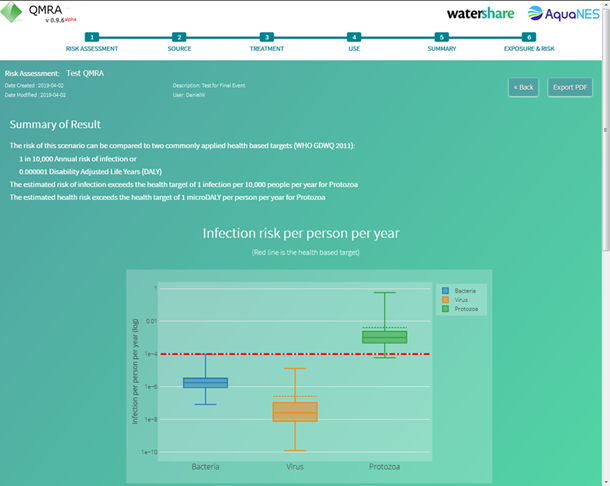
Quantitative Microbial Risk Assessment
Quantitative Microbial Risk Assessment (QMRA) is a methodology that can be applied to assess risks of water (re)use and…
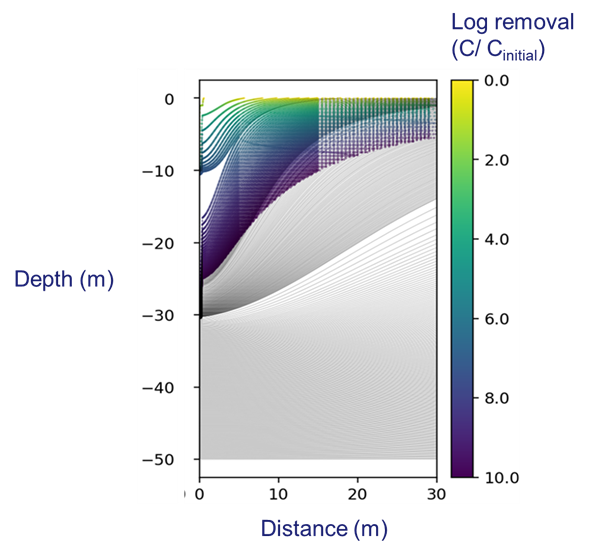
Subsurface Transport and Removal
Managed Aquifer Recharge (MAR) offers numerous benefits including storage of water. The source water for MAR schemes i…
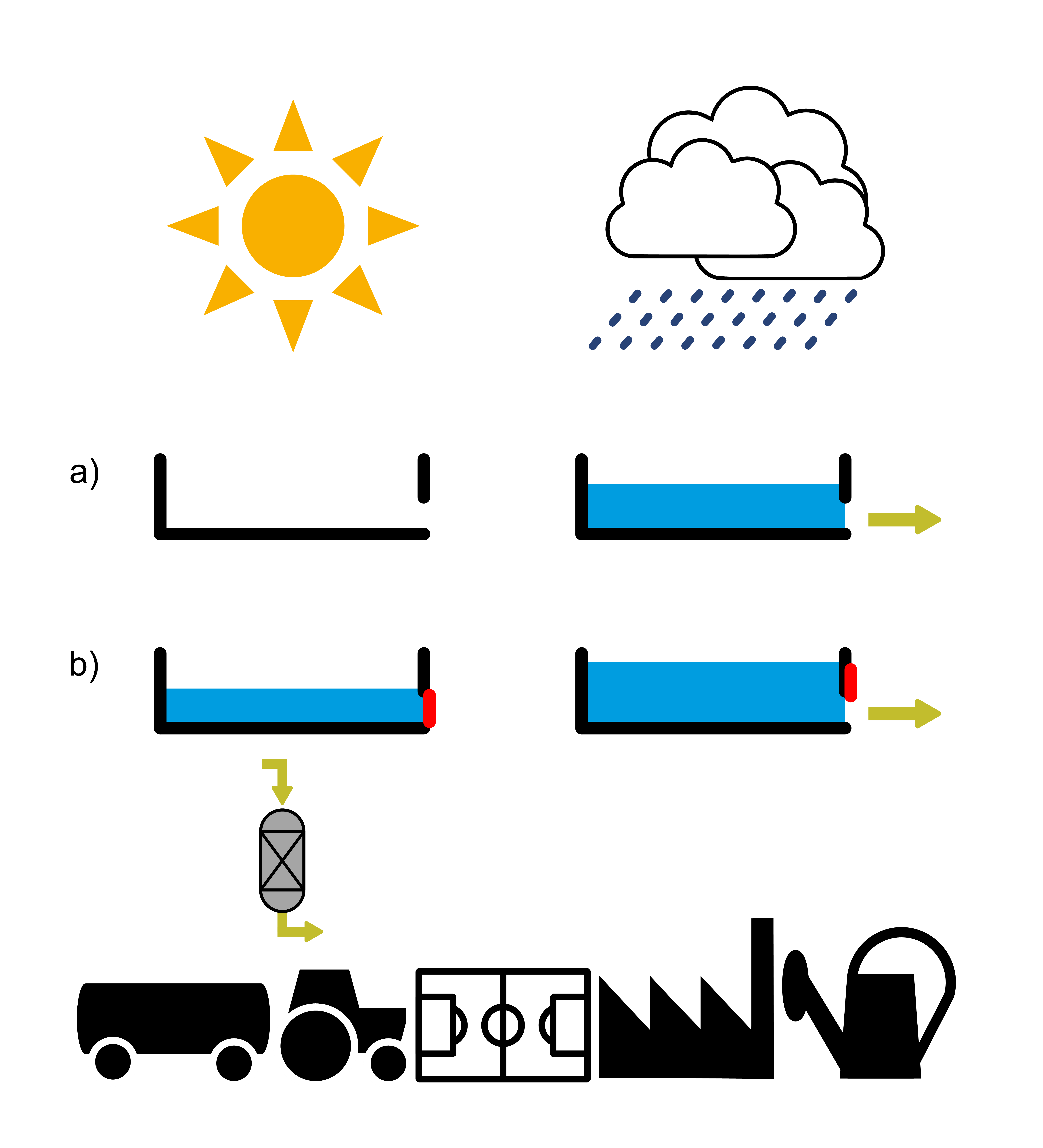
Stormwater reuse system for agriculture
Technology demonstration of urban stormwater reuse for agriculture, introducing alternative water resources for irrigat…

